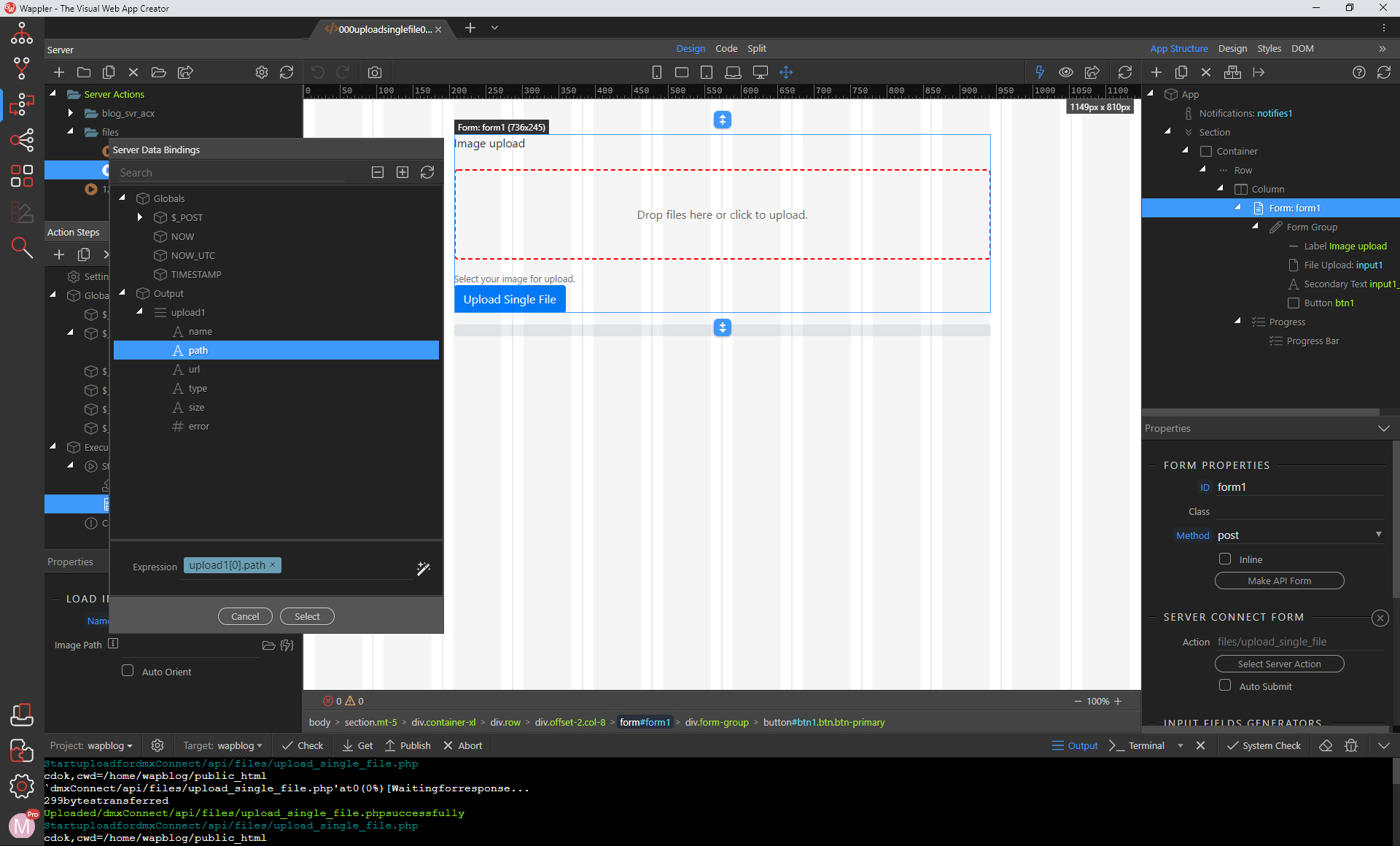

We’re big fans of Imagify because of its seamless integration into WordPress. At a basic level, you can export from Photoshop (or another image tool) using a “save for web” option.

Make sure that all photos are compressed, as compression can significantly reduce the file size, without dramatically sacrificing picture quality.

Stick to JPG when possible – JPG is a compressed image format that maintains the integrity of the image, without wasting unnecessary space.While retina is a consideration (2x), make sure the photos are sized according to the parameters of the design. Don’t upload a 6000 pixel wide image if its going to be displayed at 500 pixels. Size your images appropriately – We’ve frequently seen clients make the mistake of uploading full-sized, 12 megapixel images without resizing first.It’s important to address both of these factors. And there are two distinct factors related to images and video: the size of each individual asset and the number of total assets being loaded on any given page. Some of THE biggest culprits increasing your webpage load time are images and video-as they take up a significant portion of a page’s overall size. And while there are numerous factors that affect page load speed-many requiring the aid of a proficient web development partner-there are a few actionable tweaks that can have a significant impact on reducing page load speed. Google has also indicated that site load speed is one of the signals used by its algorithm to rank pages.Īs websites continue to evolve to become much more complex and content-heavy, it’s important to make sure your website is tuned to reduce page load speed as much as possible. The Aberdeen Group conducted research that found a one-second delay in page load time yields 11% fewer page views, a 16% decrease in customer satisfaction and an 7% loss in conversions. Today’s user expect a website to load quickly, and those that don’t will likely experience negative consequences as a result. Having a rapidly loading website is an increasingly crucial factor of both user experience (UX) and search engine optimization (SEO).


 0 kommentar(er)
0 kommentar(er)
